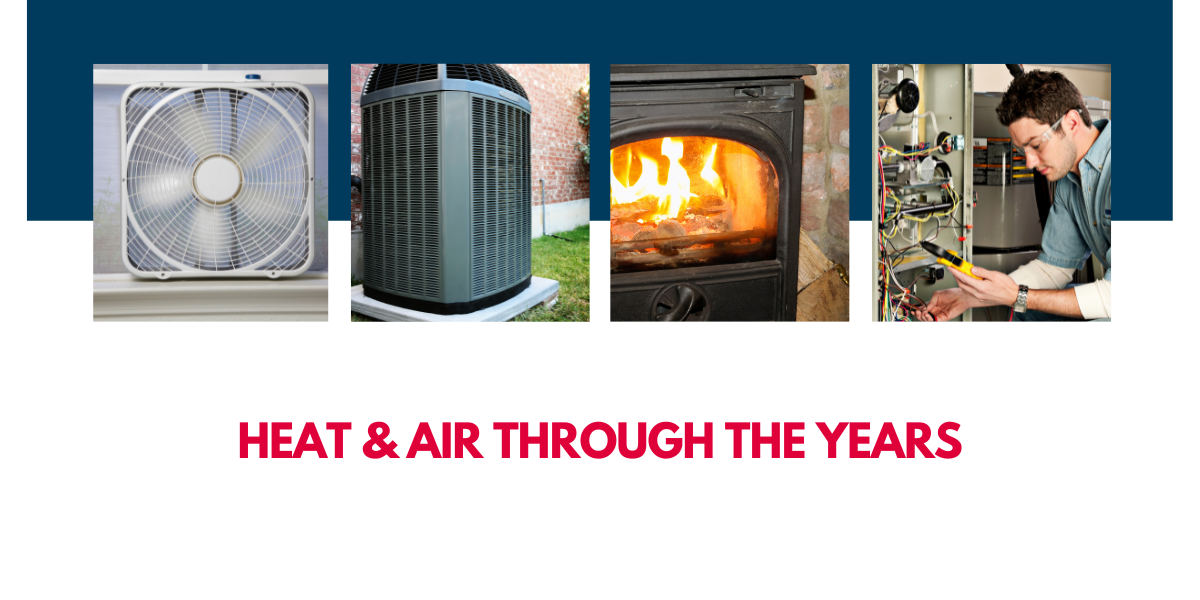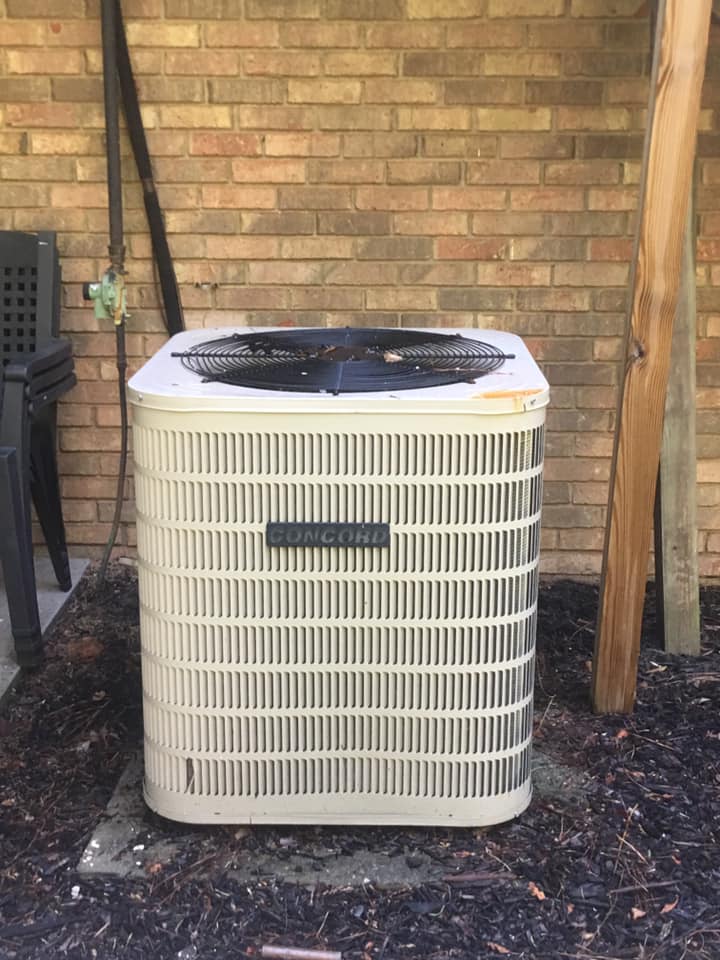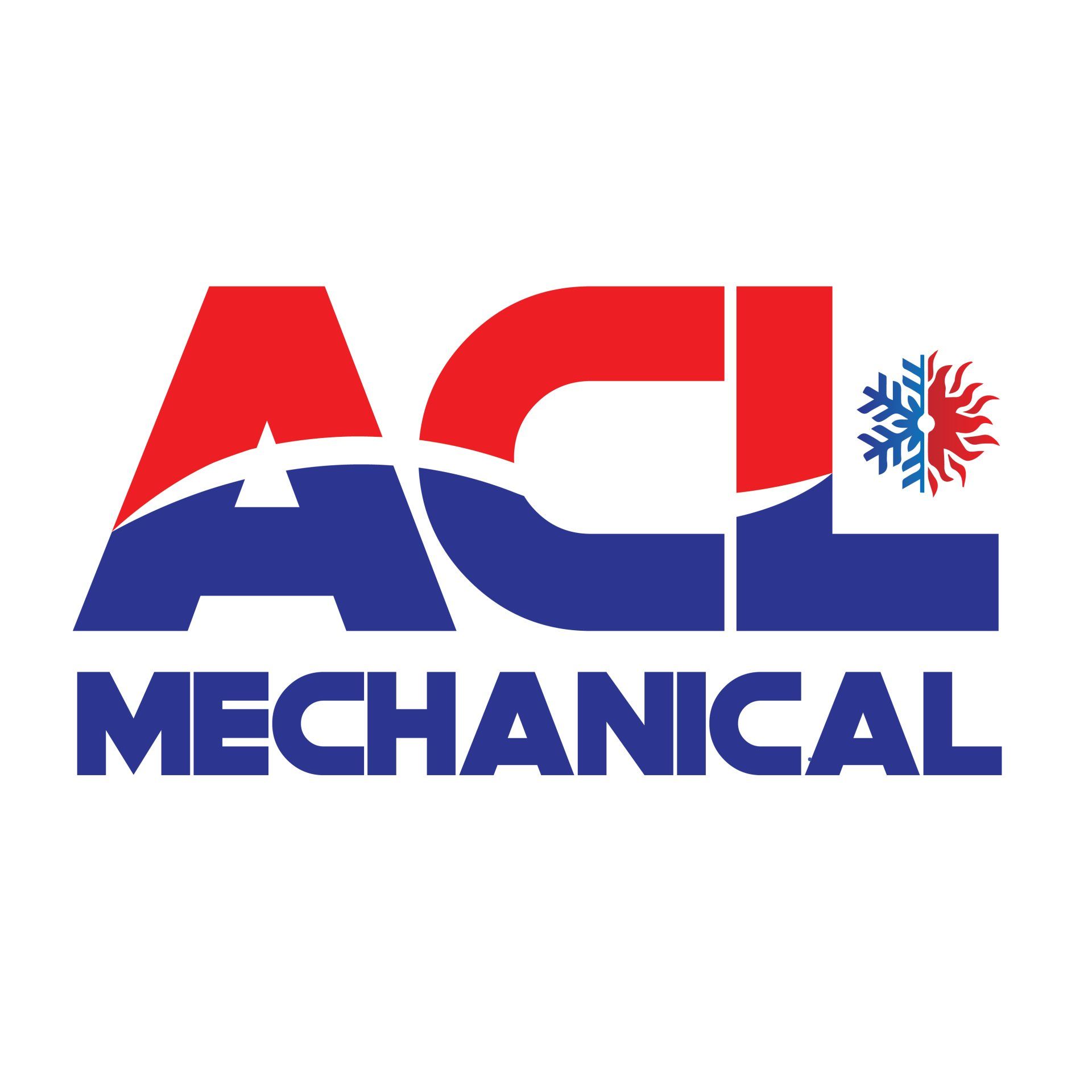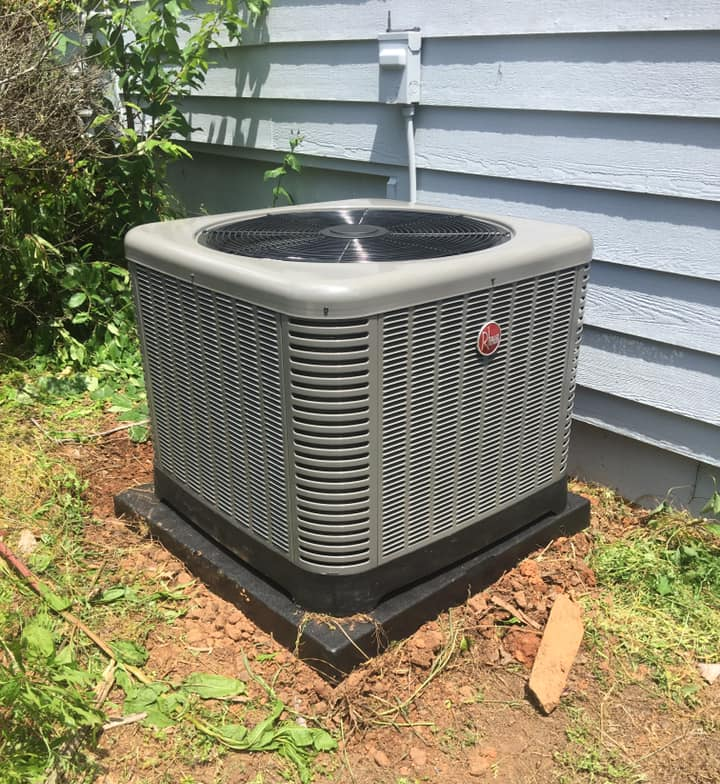The History of Heating & Air Conditioning

The history of heat and air conditioning units is a fascinating journey through time, innovation, and technological advancement. From ancient Rome to modern-day, the evolution of heating and cooling systems has been a crucial component of human comfort and survival. Here is a brief history of the origins and development of heat and air conditioning units.
Heating Systems
The earliest heating systems can be traced back to ancient Rome, where underfloor heating, also known as hypocaust, was invented in the 2nd century BC. Hypocaust utilized a series of pipes and ducts installed beneath the floors of buildings to circulate hot air generated by furnaces. This system was also used in public bathhouses and private homes.
In the Middle Ages, the fireplace became a popular heating method for homes. Fireplaces were constructed from stone or brick and were used to warm a single room or area. In the 18th century, central heating systems were invented, which allowed homes to be heated by a single source and distributed throughout the building through a series of ducts and pipes.
Air Conditioning Systems
The concept of air conditioning can be traced back to ancient Egypt, where wet reeds were used to cool the air as they evaporated. In the 19th century, refrigeration systems were invented, which used the principle of cooling through the evaporation of liquids. This technology was applied to air conditioning, and the first air conditioning unit was invented in 1902 by Willis Carrier. Carrier's invention used a system of fans, cooling coils, and ducts to circulate cool air throughout a building.
The first air conditioning unit was installed in a printing plant in Brooklyn, New York, where it was used to control humidity and improve the quality of the printed materials. In the 1920s and 1930s, air conditioning became more widespread and was used in commercial buildings, movie theaters, and public transportation.
The development of air conditioning technology continued throughout the 20th century, with the invention of window air conditioning units in the 1950s, which made it possible for homeowners to have air conditioning in their homes. In the 1970s, the development of energy-efficient air conditioning systems made it possible for air conditioning to become more affordable and widely available.
Smart Thermostats
Today, heat and air conditioning units are essential components of modern life, providing comfort and livability in homes, businesses, and public spaces. The development of new technologies, such as smart thermostats and air purifiers, has improved the efficiency and effectiveness of HVAC systems, while also reducing energy consumption and environmental impact.
In conclusion, the history of heat and air conditioning units is a testament to human ingenuity and innovation. From ancient Rome to modern-day, the evolution of heating and cooling systems has been a critical component of human comfort and survival. Today, we continue to rely on these systems to provide us with the comfort and convenience we need to live and work in a safe and healthy environment.
For residential or commercial HVAC service, give ACL Mechanical a call. With over 45 years combinesd years of experience, Justin and his team can work on almost any unit.


